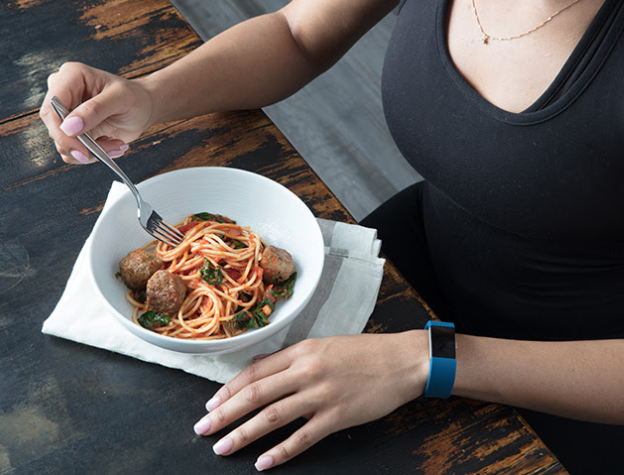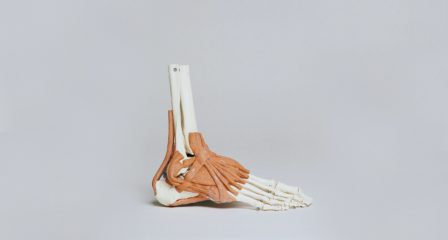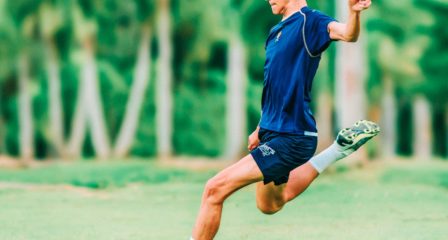We are all creatures of habit, but this can be a downfall when it comes to nutrition. Generally, your training load or the type of training you complete isn’t the same every day, therefore neither should your energy intake. Your food intake should match your training load or the amount you are training that day. An easy way to think of this is a pulley system. On a heavier training day, either longer or higher intensity, more energy is required. On a rest day or a lighter training day, less energy is required. Carbohydrates are one of the macronutrients that provide the body with energy and are the main nutrient that needs to be increased or decreased depending on the training load. High training load= push carbohydrates, low training load = pull carbohydrates. This is one of the main areas people struggle with.
Changing your carbohydrate or energy intake doesn’t have to be challenging or complex. Small changes can make a big difference when it comes to energy intake. Below are three different plates that look at how your energy intake can change to match your training load.
Rest Day or Light Training Day
Your plate on a rest day should have the smallest amount of carbohydrates. If weight management or weight loss is your goal, then the carbohydrate portion can be reduced further as seen on the plate above. It is important to include as many coloured vegetables as possible to increase your vitamin and mineral intake.
Moderate Training Day
Carbohydrates continue to increase as the training load increases. The vegetable portion gradually decreases to make room for additional carbohydrates. Carbohydrates become the priority around training.
Heavy Training Day
Carbohydrates are the main priority on a heavy training day. Vegetables are reduced to only ¼ of the plate. This is why it is so important to have adequate vegetables on a lighter training day or a rest day.
Snacks can also be changed to match your training load following the same principle. It could be increasing your portion size or changing the snack all together. Some simple swaps could be vegetable sticks with hummus dip on a day off, compared to wholegrain rice crackers with veggie sticks and hummus on a high training day. 200g of Greek yoghurt with mixed berries on a light training day, compared to adding 1/3 cup muesli on a high training day.
Following this very simple principle can help support your training. It can provide you with the additional energy required for a high training load but can also help you to maintain body composition goals. A sports dietitian can work closely with you to create a nutrition plan that matches your training load and will help you to work towards your goals.



